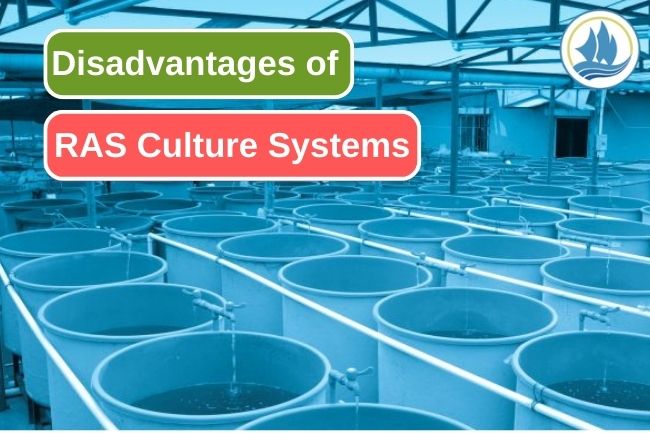8 Reason to Reconsider Using RAS as Fish Farming
By. Nevanda - 23 Aug 2023
kelolalaut.com - RAS stands for "Recirculating Aquaculture System". RAS is an aquaculture system designed to recycle and control water quality in the culture environment of fish or other aquaculture organisms. This system is used in the culture of fish, shrimp, lobsters, and other aquaculture species.
Although it has many advantages, the cultivation method using Recirculated Aquaculture System (RAS) also has some disadvantages that need to be considered:
1. High Initial Cost
The construction and operation of a RAS system requires a significant initial investment. The cost of equipment, technology installation, infrastructure, and sophisticated management can be a major obstacle for many fish farmers who want to switch to this method.
2. High Technical Demands
RAS involves advanced technology in terms of water management, monitoring of environmental parameters, filtration systems, and others. This means farmers must have in-depth technical knowledge and the ability to operate, maintain, and repair such systems.
Read also: 7 Reasons Why Eating Anchovies Is Good for Your Health
3. Risk of System Failure
When there is a disruption or damage to the components of the RAS system, such as power failure, equipment malfunction, or filter failure, it can negatively affect the farming environment and fish health. Therefore, regular maintenance and quick response to technical issues are essential.
4. Intensive Monitoring
While RAS allows for controlled environmental settings, it also means that farmers must monitor the system closely and on an ongoing basis. Undetected or overlooked changes in environmental parameters can adversely affect fish health and productivity.
5. Risk of Used Water Failure
While RAS reduces the overall environmental impact, there is a risk that the used water produced by these systems still contains residual nutrients, organic matter, and chemicals that may need to be treated before disposal or reuse. If the used water is not managed properly, this could cause local environmental problems.
6. Constant System Maintenance
RAS systems require regular maintenance to maintain water quality and system performance. This includes filter cleaning, replacement of damaged parts, and constant monitoring of water parameters.
Read also: Fish Steaming Guide, Perfect for Beginners
7. Dependence on Power Source and Technology
RAS requires a steady supply of electricity to run the pump system, aerators, and other equipment. Failure of the power supply can lead to the risk of mass mortality of fish within a short period of time.
8. Limitations of Suitable Fish Species
Not all types of fish or aquaculture species are suitable for cultivation in RAS systems. Some species may require more natural environmental conditions or have low tolerance levels to changes in environmental parameters.
When deciding to adopt a RAS system, it is important for aquaculture farmers or entrepreneurs to carefully consider and plan for all technical, operational, and financial aspects associated with this method.
Read also: Let’s Learn How to Make Oysters Rockefeller








